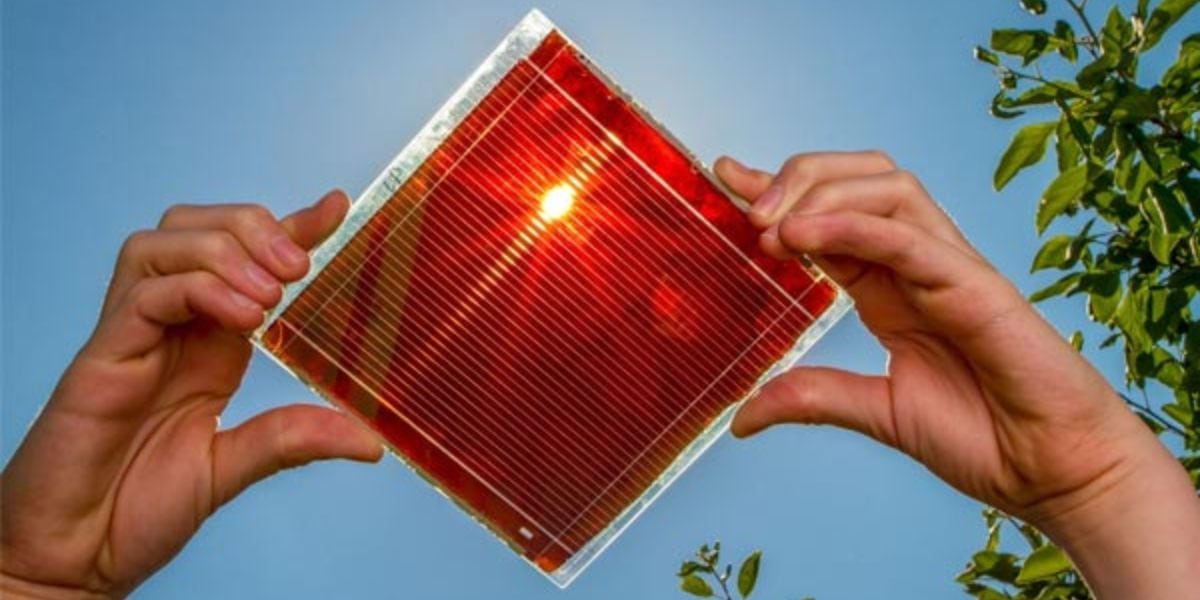
In a groundbreaking achievement, researchers at UCL have created perovskite solar cells that can harness indoor ambient light to power small electronic devices, potentially doing away with the need for traditional batteries.
These cutting-edge cells convert an impressive 37.6 percent of light from a well-lit office (1000 lux) into usable electricity, setting a new world record for indoor solar efficiency. Even more astonishing, they maintain 92 percent of their performance after 100 days and 76 percent after 300 continuous hours of intense heat, proving their durability in real-world conditions.
Battery Free Future Matters
Perovskite’s edge lies in its light absorption, six times more efficient than conventional silicon solar cells under indoor conditions. This makes it highly suited for energy harvesting Internet of Things (IoT) gadgets like keyboards, sensors, and remotes, devices that traditionally rely on disposable batteries. UCL researchers highlight how this technology could dramatically reduce electronic waste while enabling battery free operations.
Advancing Indoor Solar to the Next Level
While perovskite technology is making waves, other innovative materials are also on the horizon. Transition metal dichalcogenide (TMD) solar cells, made from compounds like MoS₂ and WS₂, are showing promise, with expected efficiencies nearing or exceeding 35 percent in ambient lighting, making them strong contenders against perovskites.
At the same time, Sb₂S₃-based indoor photovoltaics have recently reached 17.5 percent efficiency under LED lighting conditions, highlighting their potential for powering IoT infrastructure in office settings.
Broader Implications: A Battery Free Future
This innovation is not just technical, it is a sustainability game changer. Given that billions of small gadgets rely on battery replacements, indoor solar cells offer a sustainable alternative that could reduce plastic waste and energy usage globally. This aligns with growing trends toward wireless and environmentally conscious electronics, already seen in solar powered headphones and speakers using Exeger’s technology.
What’s Next: From Lab to Living Room
Though currently at the lab prototype stage, UCL is actively exploring scale up pathways with industry partners. The cells’ printable nature, using abundant low cost materials, suggests commercial viability is not far off, opening the door to solar powered homes, offices, and everyday electronics.
